Size-based conservation is a possible approach only for species that humans do not fish
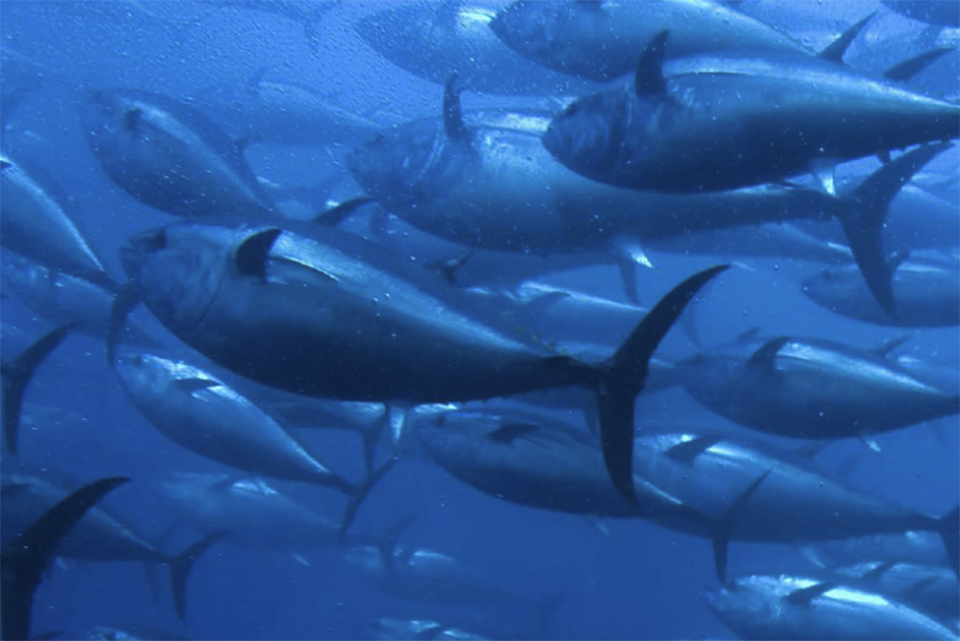
A recent paper in Science spent millions of dollars deploying underwater cameras around the world to measure the size of fish in proximity to humans and in protected areas. The results add visual confirmation to long-held tenets of fisheries science, but the authors’ conclusions – namely, how to best enhance and protect big sharks – are unsupported.
Here is a breakdown of some of the key points from Letessier et al. and why its conclusions miss the mark.
The size of fish in proximity to humans
The researchers found that fish were larger on average the farther they were from human activity. This makes intuitive sense, and indeed, it has been known for hundreds of years that fisheries reduce the average size of individual fish. Growing old and large is much harder when being fished every year.
Older and larger fish reproduce more efficiently, but good fisheries management accounts for that – every sustainably fished population in the world would have bigger and older fish if fishing stopped. In the paper, most of the underwater camera samples occurred off the coast of Australia and New Zealand, which have excellent fishery management – we would expect those well-managed fisheries to have smaller fish.
The size of pelagic fish in protected areas
The conclusion that fish farther away from human development are larger is not surprising and it holds up when adding spatial protection as a variable. Fish in partially or highly protected areas are larger the farther away they are from human markets.
Pelagic megafauna that migrate in and out of protected areas – like sharks, tunas and billfish – show a disproportionate increase in size when far away from humans and in a highly protected area. However, smaller benthic fauna see little difference in size in protected areas and are mostly dependent on distance from humans.
Are distant protected areas the answer then?
Based on their results, the authors of the paper argue that large, protected areas far away from humans (like on the high seas) would help protect large pelagic species, specifically sharks and ensure that they can grow large. Tuna and billfish are doing well around the world, but many shark species are overfished and threatened.
Evidence shows that reducing fishing pressure on sharks is the best way to help them. Large, highly protected areas might reduce a little fishing pressure, but most fishing will simply move to other, unregulated areas and continue to threaten sharks.
The major shark conservation paper cited by the authors, Dulvey et al. 2021, which led a global review of shark threats found that:
Species are disproportionately threatened in tropical and subtropical coastal waters. Science-based limits on fishing, effective marine protected areas and approaches that reduce or eliminate fishing mortality are urgently needed to minimize the mortality of threatened species and ensure sustainable catch and trade of others.
Science-based catch limits are already in place in many of the places studied (including the high seas). Enforcement is not as robust as it should be on the high seas; the answer is better enforcement of already in-place limits, not new regulations that also would not be enforced.
The authors also argue for more size-based conservation. That is a possible approach for species that humans do not fish, but any population that is fished and highly mobile (like tuna, sharks and billfish), will not reach pre-industrial sizes, no matter the conservation interventions. Fishing, like all food production, requires trade-offs.
Now that you've reached the end of the article ...
… please consider supporting GSA’s mission to advance responsible seafood practices through education, advocacy and third-party assurances. The Advocate aims to document the evolution of responsible seafood practices and share the expansive knowledge of our vast network of contributors.
By becoming a Global Seafood Alliance member, you’re ensuring that all of the pre-competitive work we do through member benefits, resources and events can continue. Individual membership costs just $50 a year.
Not a GSA member? Join us.
Author
-

Max Mossler
Max Mossler is the managing editor of sustainablefisheries-uw.org and is an employee of the School of Aquatic and Fisheries Sciences at the University of Washington. His writing and analysis are independent of the Global Seafood Alliance and are published on the Advocate with his permission.
Tagged With
Related Posts
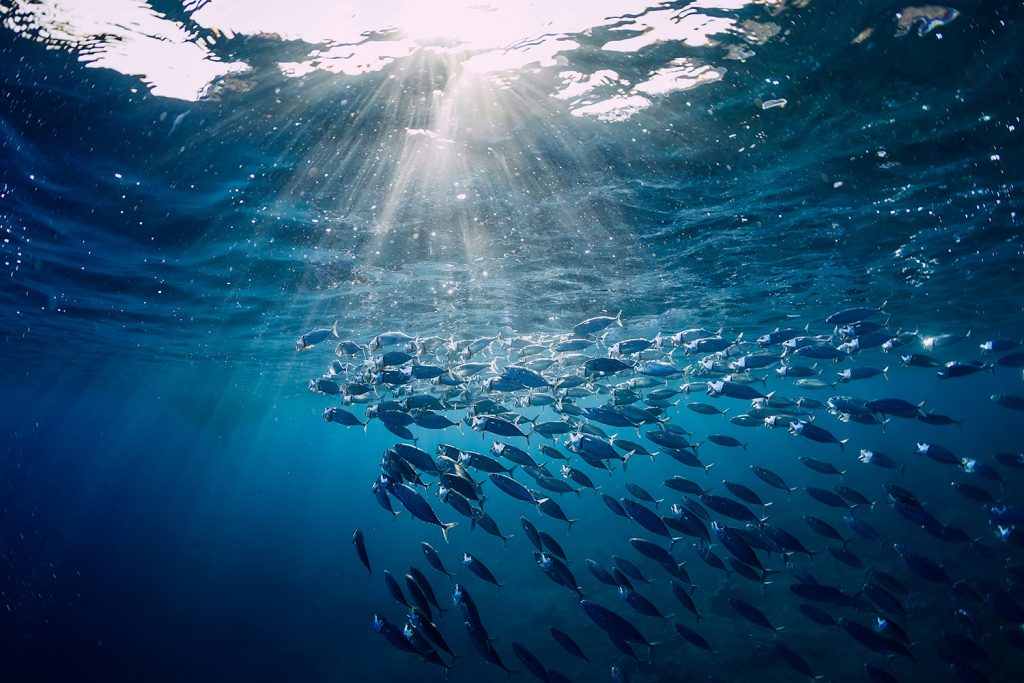
Fisheries
Fisheries in Focus: Tunas and billfishes are improving on the IUCN Red List – and it’s thanks to effective fisheries management
Sustainable Fisheries UW offers a rundown of the IUCN Red List and how tunas and billfishes benefit from strong fisheries management.
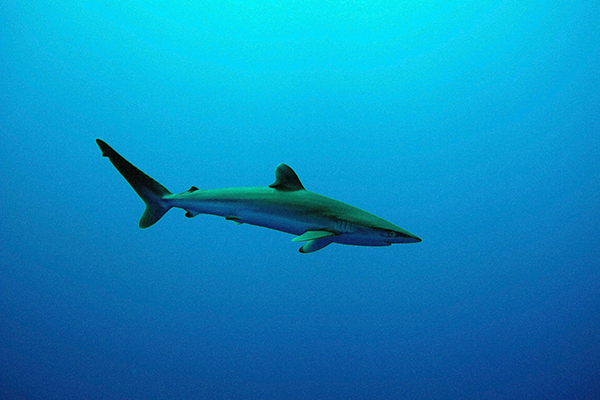
Fisheries
Fisheries management help tunas, billfishes recover, but extinction risk of sharks rises
New study suggests conservation and fisheries management help tunas and billfishes recover, but shark biodiversity continues to decline.
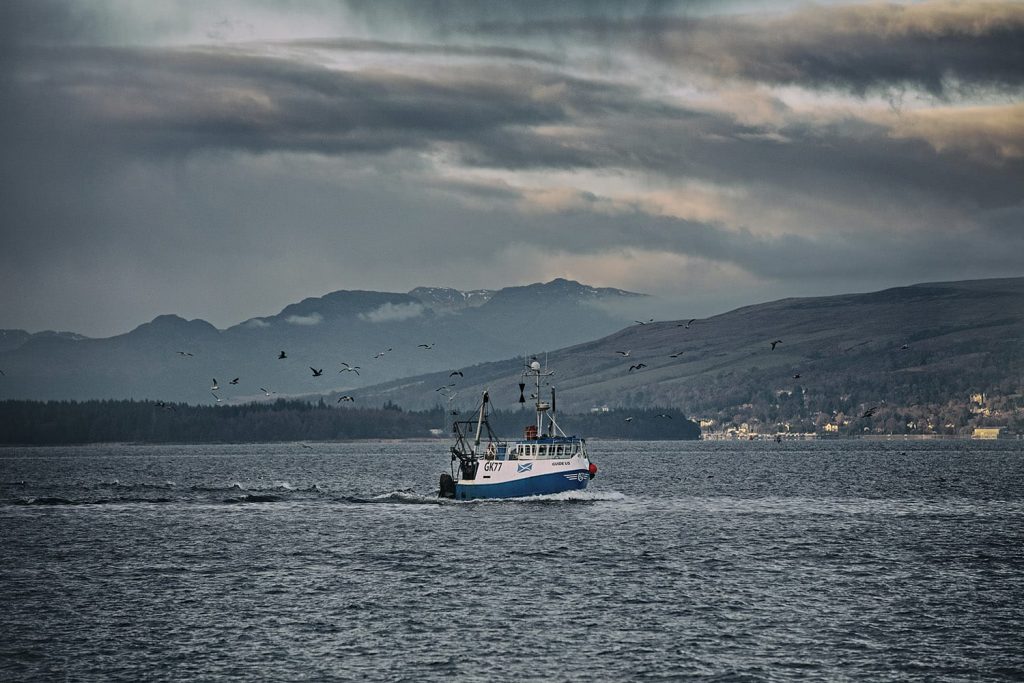
Fisheries
Bottom trawling linked to high greenhouse gas emissions in MPA-supporting study
A study touts marine protected areas and bottom trawling bans, but its methods and conclusions are questioned by fellow researchers and fishers.
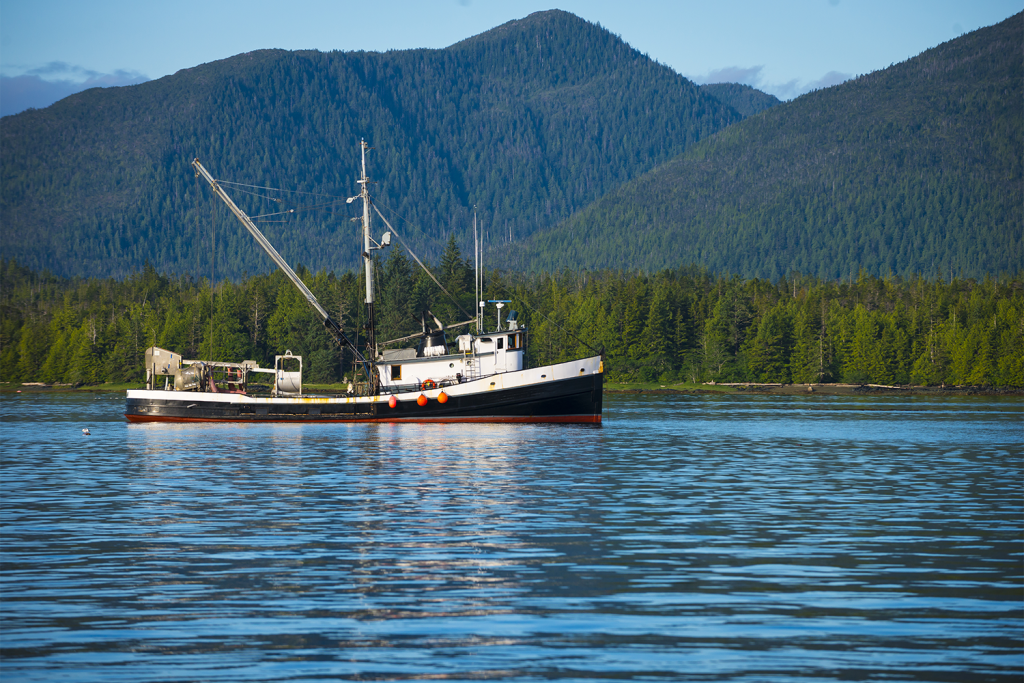
Fisheries
Fisheries in Focus: What is the Fisheries Management Index and what does it say about U.S. fisheries?
To properly evaluate a fishery management system, we need a measure of the management regime as a whole: Enter the Fisheries Management Index (FMI).


